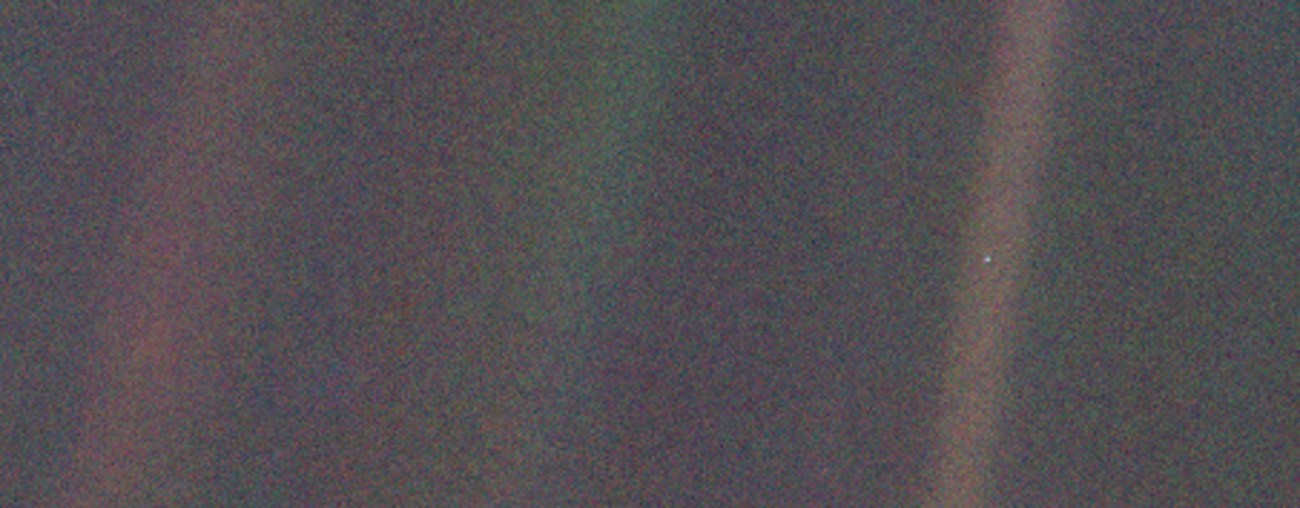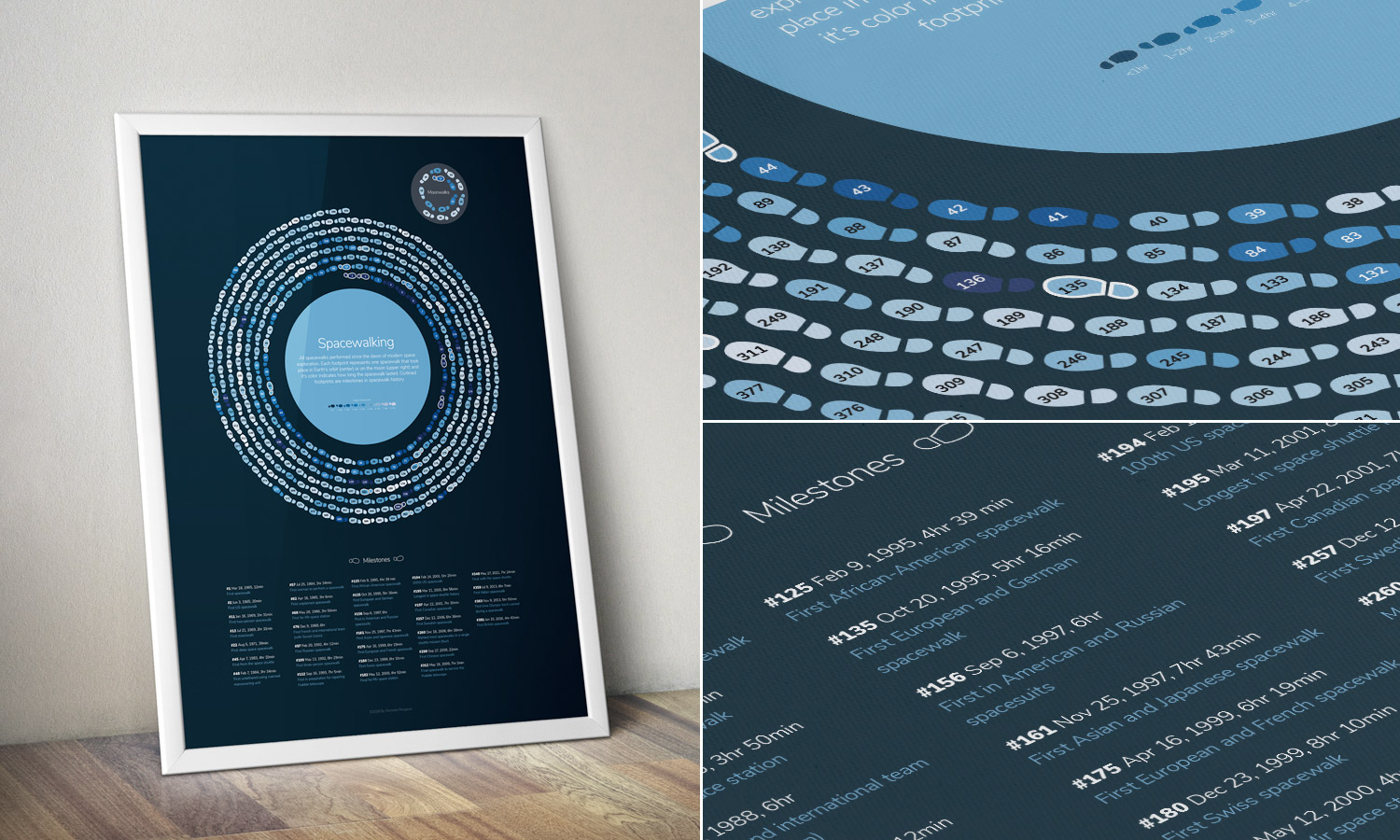“That’s here. That’s home. That’s us. On it everyone you love, everyone you know, everyone you ever heard of, every human being who ever was, lived out their lives.” Carl Sagan wrote this about a photo sent back from Voyager 1 in 1990 of Earth from 4 billion miles away. For a few brief moments in the grand history of our planet, it wasn’t true.
Since the dawn of space exploration, humans have wanted to explore the vastness of space. We may not be at the stage of galavanting to other planets and galaxies, we have taken our first steps into the vast unknown. This project catalogs the milestones achieved since 1965 when a lucky few were able to “walk” in space or even on the moon and prove Carl wrong, if only temporarily.








